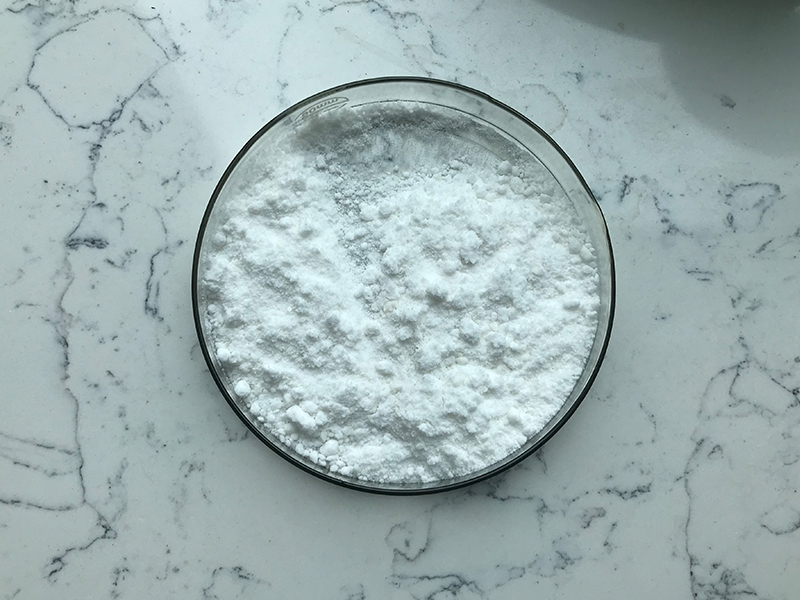1. Introduction to Mandelic Acid
Mandelic acid is an aromatic alpha hydroxy acid (AHA) derived from bitter almonds. It’s commonly used in dermatology and cosmetic formulations for its exfoliating, antibacterial, and anti-aging properties. Due to its larger molecular size compared to other AHAs (like glycolic or lactic acid), mandelic acid penetrates the skin more slowly, making it gentler for sensitive skin types.
2. Materials Used in Mandelic Acid Preparation
a. Raw Materials
- Mandelic Acid: Obtained either naturally from bitter almonds or synthesized chemically. It is usually available in racemic form or specific enantiomers, such as (R)- or (S)-mandelic acid.
- Solvent: Organic solvents (such as ethanol or methanol) or water can be used depending on the formulation.
- pH Adjusters: Buffering agents like sodium hydroxide (NaOH) or hydrochloric acid (HCl) to adjust the pH of solutions.
- Additional Agents (for Cosmetic Formulations): These may include:
Humectants: Glycerin or hyaluronic acid to help retain moisture.
Emollients: To reduce skin irritation (e.g., jojoba oil, squalane).
Preservatives: To prevent microbial growth in formulations (e.g., phenoxyethanol).
Stabilizers: Antioxidants like tocopherol (vitamin E) to enhance the shelf-life of formulations.

b. Laboratory Equipment
- Analytical balances
- Magnetic stirrers
- pH meters
- Glassware (beakers, flasks)
- Spectrophotometer (for analytical quantification)
- HPLC (for purity analysis)
3. Methods of Preparation
a. Chemical Synthesis of Mandelic Acid
Mandelic acid can be synthesized through a two-step process:
- Benzaldehyde Cyanohydrin Reaction: Benzaldehyde reacts with sodium cyanide in water to form mandelonitrile.
- Reaction:
C6H 5CHO+NaCN→C6H5CH(OH)CN
- Hydrolysis of Mandelonitrile: Mandelonitrile is then hydrolyzed under acidic or basic conditions to yield mandelic acid.
- Reaction:
C6H5CH(OH)CN+H2O→C6H5CH(OH)COOH
b. Mandelic Acid in Formulations
In cosmetic formulations, mandelic acid is typically mixed with solvents and other excipients to form lotions, serums, or gels. The concentration of mandelic acid can vary between 2% and 10%, depending on the desired strength and skin sensitivity.
- Step 1: Dissolve mandelic acid in a suitable solvent (e.g., ethanol or water).
- Step 2: Add pH adjusters and preservatives.
- Step 3: Mix thoroughly using a magnetic stirrer.
- Step 4: Add emollients or humectants, and adjust the pH (target pH: 3-4 for skincare applications).
- Step 5: Store in appropriate containers for stability testing and further use.

4. Analytical Methods for Quality Control
a. High-Performance Liquid Chromatography (HPLC)
- Purpose: To assess the purity of mandelic acid and quantify its concentration in solutions.
- Procedure:
Mobile phase: Water with a small percentage of acetonitrile.
Detection: UV absorbance at 254 nm.
Calibration: Using known standards of mandelic acid.
b. pH Measurement
- Purpose: To ensure the formulation is skin-safe (typically a pH of 3-4).
- Procedure: A calibrated pH meter is used to adjust the formulation.
c. Spectrophotometry
- Purpose: Quantitative analysis of mandelic acid concentration in formulations.
- Procedure: Absorbance readings taken at a specific wavelength (e.g., 254 nm) to compare against standard curves.
5. Applications
- Dermatological Treatments: Mandelic acid is used to treat acne, hyperpigmentation, and fine lines. It is less irritating than other AHAs and can be used on sensitive skin.
- Peeling Agents: Mandelic acid is used as a chemical peel in dermatology, especially for individuals with darker skin tones, due to its low risk of post-inflammatory hyperpigmentation.
This outline provides a general overview of the materials and methods related to mandelic acid in both synthesis and formulation contexts. Let me know if you need more specific details on any of these sections!
